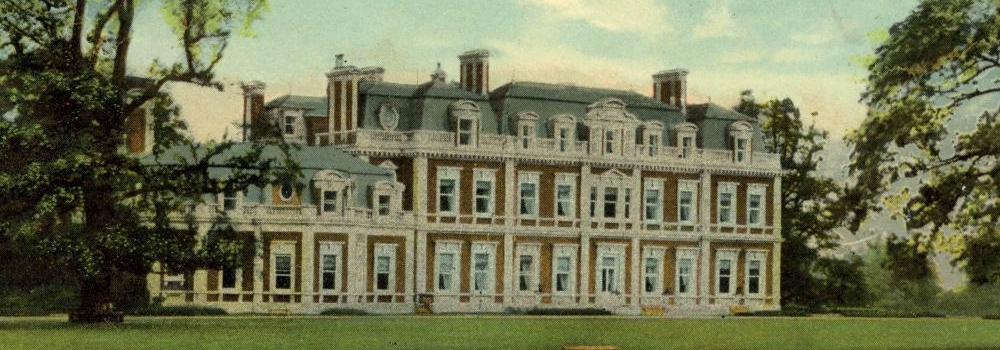The colours of another age
The autochrome, the first colour widely available photographic process, was launched in Britain in September 1907. The invention of the French Lumière brothers, the process had first been demonstrated publicly in Paris.
Lionel de Rothschild (1882-1942) had a passion for photography, and loved to experiment; it was inevitable that he would try his hand with the autochrome, and so he did, and with considerable success. The 700 glass plates in his collection in The Rothschild Archive represent the largest single collection of autochrome plates by an individual British photographer to have survived.
Lionel’s earliest experiments appear to date from 1908 and by 1909 he was bringing back from his tour of Spain colour plates of Granada and other points en route. At home he began to take pictures in the gardens of Ascott in Buckinghamshire, the family home designed for Lionel’s father in the 1880s. In all he made some 250 colour plates of English houses and gardens, by far the largest group of them at Ascott. Other images were taken at Gunnersbury Park in west London, and the French estate of his cousin Edmond at Boulogne-sur-Seine, outside Paris.
Some of the most arresting images among Lionel’s work, almost a hundred in number, are portraits of family and friends, again mostly taken in the setting of family gardens. It is here, perhaps, as we stare back into the eyes of Edwardian high society, that we most clearly experience the shock and surprise of seeing in colour a world before the First World War which we have grown used to thinking of in monochrome.
For further information see The colours of another world, in the Rothschild Archive Annual Review 2005-2006.
In 2007, the Rothschild Archive published an illustrated book, The colours of another age: The Rothschild Autochromes 1908-1912 (Rothschild Archive, London: 2007). Copies are available from The Rothschild Archive upon application, price £10. Contact the Rothschild Archive or Download The colours of another age »






















